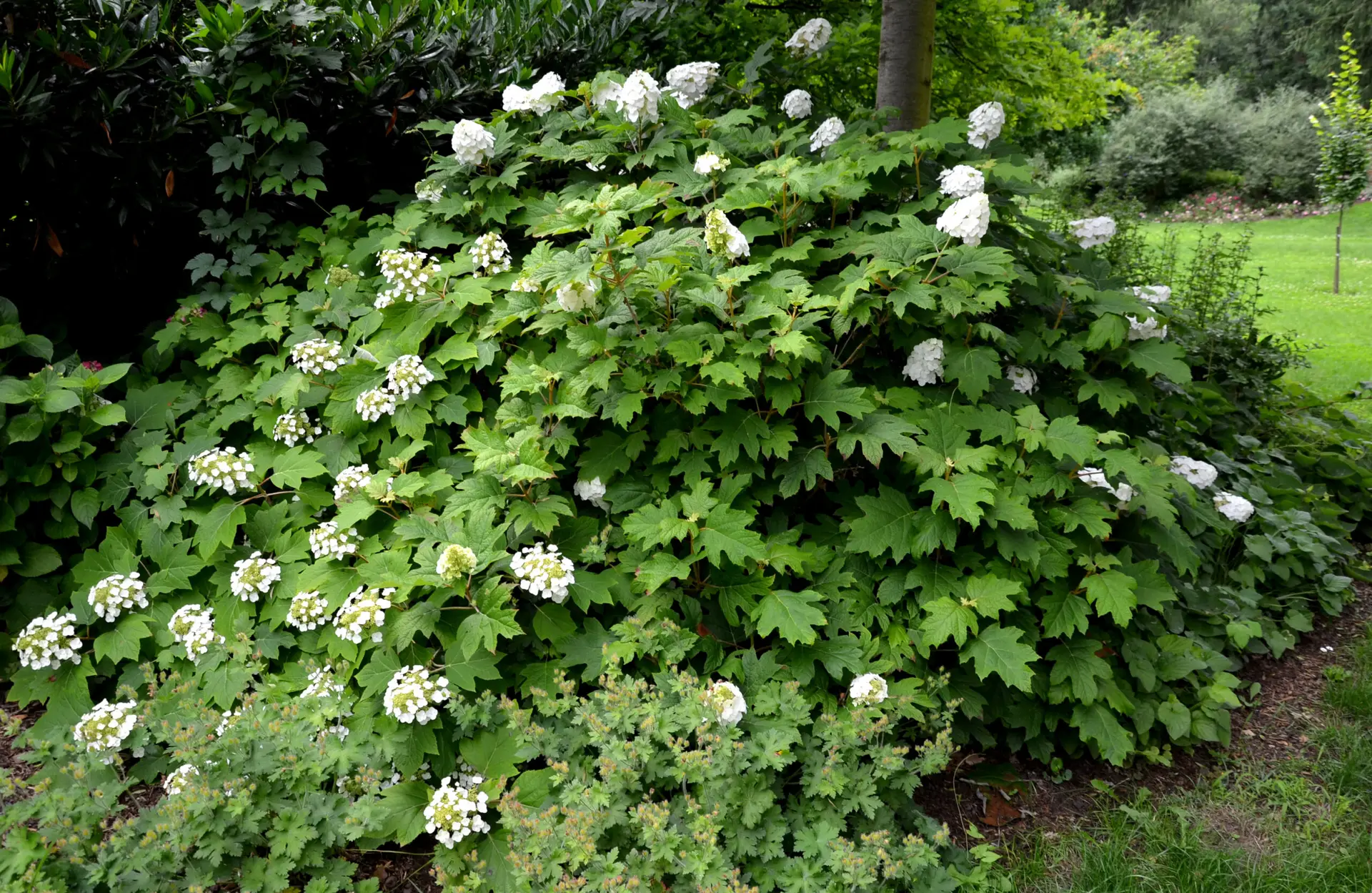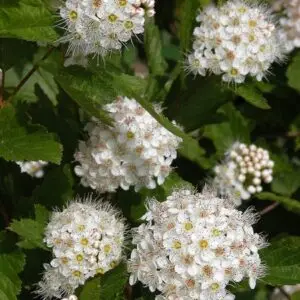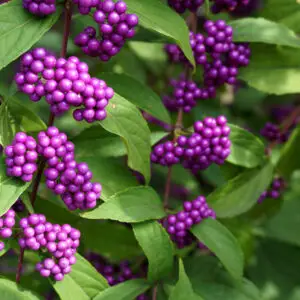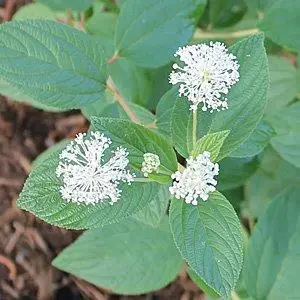| Size | Trade Gallons, Two Gallons, Three Gallons |
|---|
Hydrangea quercifolia – Oakleaf Hydrangea (B&B.DRGHT.H.OP)
$45.00
Ecosystem Services:
(B)-Birds (B&B)-Birds & Butterflies
(BTF)-Butterflies (BW)-Black Walnut Resistant
(DR)-Deer Resistant (DRGHT)-Drought Resistant
(EC)-Erosion Control (EVR)-Evergreen
(FC)-Fall Color (FRG)-Fragrant
(GRD)-Groundcover (H)-Host plant
(HMR)-Hummingbirds (M)-Mammals
(MTH)-Moths (N)-Nectar
(NB)-Native Bees (NST)-Nesting Material
(OP)-Other pollinators (RR)-Rabbit Resistant
(SHWY)-Showy (SPC)-Specimen Plant
Oakleaf hydrangea is an upright, multi-stemmed, deciduous shrub in the Hydrangeaceae (hydrangea) family. While this family of flowering shrubs is widely distributed in Asia and North America, this particular plant is native to the Southeastern United States, where it prefers moist woods and stream banks.
It may grow to 8 feet in height and 6 to 8 feet in width.
Oakleaf hydrangea grows best in organically rich, well-drained soils with medium moisture. It does well in full sun to part shade, and mulch in the summer helps to keep the soil moist. The plant does need some sun to bloom, usually from mid spring to early summer. Because blooming occurs on old wood, prune if needed immediately after flowering. Winter damaged stems may be pruned in early spring.
The white blooms are arranged in pyramidal clusters that are very showy. Even when not in bloom, the large dark green leaves provide a striking shape. The plant’s more mature branches have an interesting texture when exfoliated in winter.
Oakleaf hydrangea’s unique features make it highly suitable as a specimen or accent plant in the landscape. Alternatively, in large open spaces it may be massed or arranged as an informal hedge.
Host plant for the Hydrangea Sphinx Moth and the Hydrangea leaf-tier moth.
Drought Resistant!!
Only logged in customers who have purchased this product may leave a review.






Reviews
There are no reviews yet.